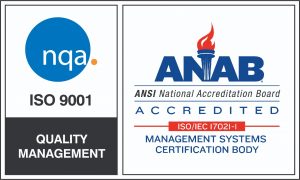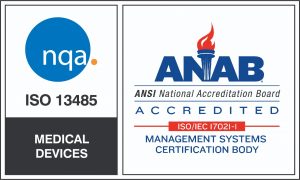 Recent events have put much of the world on hold. This includes many of the manufacturers of the components used to create a number of electronic devices and widgets. While many manufacturers have returned to business as normal, component shortages could still pose a problem as everyone scrambles to catch up. It’s important that OEMs learn how to deal with potential shortages both now and in the future.
Recent events have put much of the world on hold. This includes many of the manufacturers of the components used to create a number of electronic devices and widgets. While many manufacturers have returned to business as normal, component shortages could still pose a problem as everyone scrambles to catch up. It’s important that OEMs learn how to deal with potential shortages both now and in the future.
Component shortages occur for several reasons. Before taking any steps to remedy issues with the component supply chain, organizations must first understand the factors responsible for the current shortage. OEMs can then make an informed decision about how to best handle the situation.
Purchase Components in Advance
Organizations need to make sure they have sufficient cash flow to pay for components in advance. Some components have lead times up to fifty weeks. Purchasing in advance can save organizations a lot of trouble on future projects.
Utilize Trusted Partners
Today’s markets change rapidly. Many manufacturers have begun prioritizing larger customers. It’s important to make sure your organization has the resources to fulfill large orders, especially during periods of high demand.
Understand Potential Lead Times
Certain components may have lead times up to fifty weeks. This can cause delays when bringing products to market. It’s important that OEMs learn as much as they can about potential lead times so they can better understand the types of delays they may face in the future. Armed with the right information, OEMs can provide the best options to their customers.
Transparency during the production process is important to the overall success of any project. A quality CM provides clear answers about component delays and the reasons behind them.
Forecast Component Needs
Creating a forecast of component needs ensures everyone has a clear understanding of the project requirements. This keeps everyone on the same page and ensures the CM knows what is expected and when.
Southern California CM
Means Engineering offers contract manufacturing services to OEMs and other organizations looking to increase quality and reduce time to market. Our team has years of experience and understands what works and what doesn’t when it comes to electronic component design. Please contact us for more information about our services.
 Although there are numerous benefits to working with a contract manufacturer, presenting a CM with new ideas can intimidate even the most confident OEM. When pitching an idea, it’s important to do so in a way that encourages the development of a long-lasting, mutually beneficial relationship with the CM. Making the right pitch to a potential outsourcing partner not only helps develop the relationship, it also allows the OEM to practice and refine their pitch for customers and vendors.
Although there are numerous benefits to working with a contract manufacturer, presenting a CM with new ideas can intimidate even the most confident OEM. When pitching an idea, it’s important to do so in a way that encourages the development of a long-lasting, mutually beneficial relationship with the CM. Making the right pitch to a potential outsourcing partner not only helps develop the relationship, it also allows the OEM to practice and refine their pitch for customers and vendors. As a leading Southern California contract manufacturer, we’ve seen many changes in the electronics manufacturing industry over the past few years. While certain trends have come and gone, others will likely continue throughout 2020 and beyond. Below, we detail the top electronics manufacturing trends that could transform the electronics industry in 2020.
As a leading Southern California contract manufacturer, we’ve seen many changes in the electronics manufacturing industry over the past few years. While certain trends have come and gone, others will likely continue throughout 2020 and beyond. Below, we detail the top electronics manufacturing trends that could transform the electronics industry in 2020. Utilizing a contract manufacturer can save a significant amount of time and money over handling production in-house. The right CM helps improve product quality, reduces time to market, and helps businesses expand into new markets. While outsourcing typically costs less than purchasing equipment, hiring and maintaining staff, and ensuring optimal quality through advanced testing techniques and practices, using a U.S. based CM can save more on the soft costs of production over outsourcing overseas.
Utilizing a contract manufacturer can save a significant amount of time and money over handling production in-house. The right CM helps improve product quality, reduces time to market, and helps businesses expand into new markets. While outsourcing typically costs less than purchasing equipment, hiring and maintaining staff, and ensuring optimal quality through advanced testing techniques and practices, using a U.S. based CM can save more on the soft costs of production over outsourcing overseas. At Means Engineering, we understand the unique needs of the aerospace industry. No matter how big or small the project, we strive to deliver high quality products and service on time and on budget. When it comes to the aerospace industry, we understand the importance of high quality, reliable devices. We take all necessary steps to ensure each part and component meets strict requirements for quality and reliability.
At Means Engineering, we understand the unique needs of the aerospace industry. No matter how big or small the project, we strive to deliver high quality products and service on time and on budget. When it comes to the aerospace industry, we understand the importance of high quality, reliable devices. We take all necessary steps to ensure each part and component meets strict requirements for quality and reliability.

